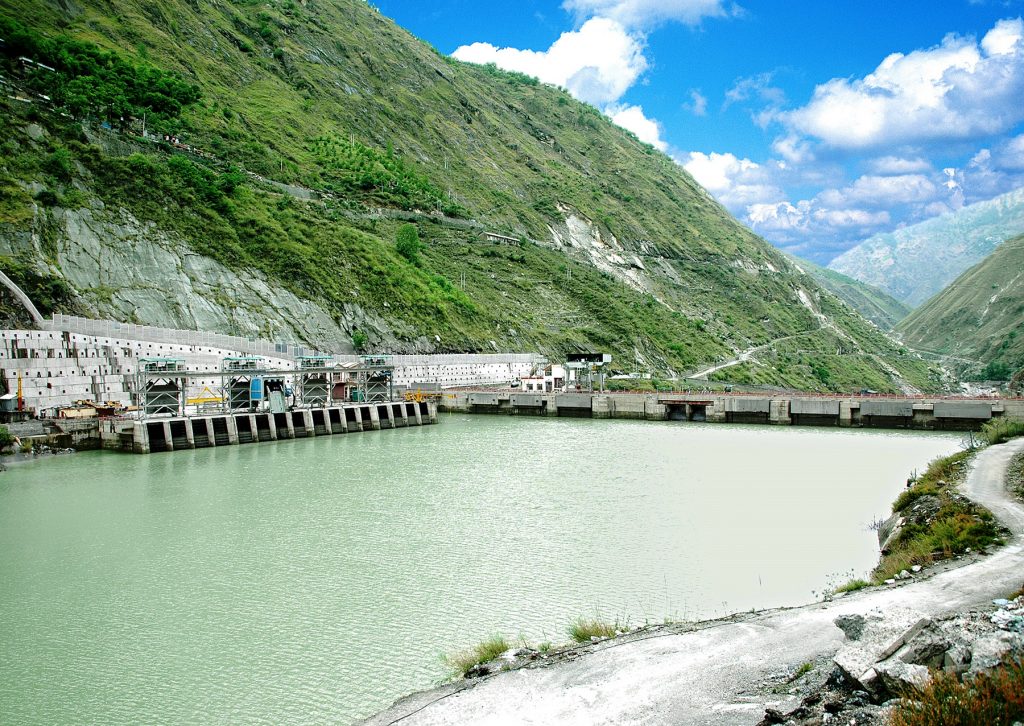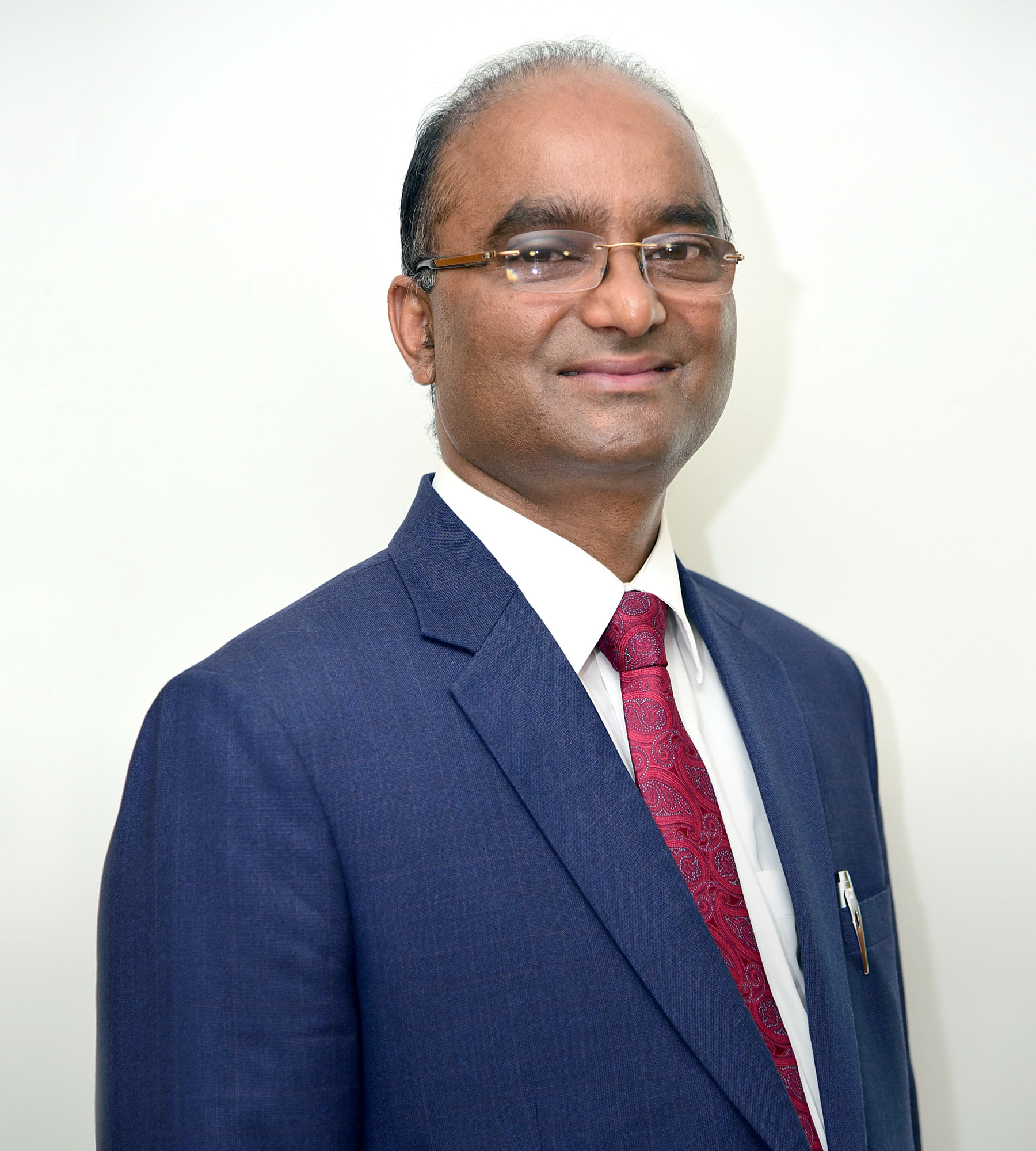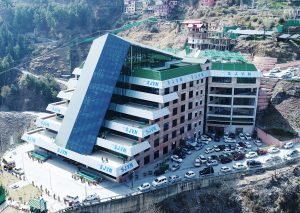Language
You can read the magazine in one of the following languages
When Nand Lal Sharma first joined the hydropower producer SJVN just over 13 years ago, the company had just one project in operation. Today, there are six in operation, another 10 under construction and about 25 more in various other stages of development.
This mushrooming of activity at the state-owned firm happened thanks to some fundamental changes that allowed for a far more rigorous approach to planning, says Nand, who became Chair and Managing Director in 2017 after six years as Director.
“In the past 13 years, I have seen a big transformation in the company in terms of the business, in terms of the work culture, in terms of the attitude of the employees and in terms of the future planning for the business of the company,” he shares. “It was a complete transformation in the thinking, in the behaviour, in the actions of the people to allow us to become a world-class company.”
He says the vision is for SJVN to be the best power company in its class in India, while being “globally admired for adopting affordable clean power and sustainable value for all stakeholders”.
“It was a complete transformation in the thinking, in the behaviour, in the actions of the people to allow us to become a world-class company.”
When Nand took on his latest role, the total installed capacity of the company’s projects was around 1,965 megawatts, with projects under construction that would amount to an extra 1,650 megawatts. His goal for the firm is to have 5,000 megawatts of capacity by 2024, and then to more than double that to 12,000 by 2030. By 2040, he wants SJVN to be a 25,000-megawatt company.
“I conceived, planned and put forth this vision before the people of the company, and I’m very happy that today, this has become the shared vision of every SJVN employee,” he reveals. “So I’ve been able to transform the thinking of the people and at this point, more than 3,000 megawatts’ worth of projects are under construction.”
Nand encourages his people to focus on different stages of this vision in accordance with their age and how long their tenure at the company is likely to be. Those close to retirement, for example, are focused on achieving 5,000 megawatts, while people who have just started out in junior roles and hope to spend a large part of their careers at SJVN are encouraged to focus on reaching 25,000.
“I train people based on those targets,” he says. “I organise different training sessions for people who are below 40 years old, so we have different camps focused on the short-term, the medium-term and the long-term.”
In the coming months, Nand’s immediate goal is to align SJVN with the renewable energy policies of the Indian government. Prime Minister Narendra Modi has set a target of producing 175 gigawatts of renewable energy this year and 500 gigawatts by 2030. That includes hydropower – SJVN’s bread and butter. However, the company is also looking to expand its footprint in other renewables in service of helping India reach its goal.
Nand has already drastically expanded the amount of solar energy in SJVN’s portfolio. He took over when the company had a production capacity of 100 megawatts from wind and solar combined – it now has nine solar projects with a capacity of 2,600 megawatts.
“We have built a good rapport with all the stakeholders and the governments to facilitate the construction and commissioning of projects.”
“My focus is to add renewables on the solar side, but hydro remains our core sector. So I’m also getting more projects in the hydro sector in places like Andhra Pradesh and also in neighbouring countries like Nepal and Bhutan,” he explains.
While maintaining a constant focus on adding capacity, Nand’s other key role as a leader is to develop strong and enduring relationships with key stakeholders, such as India’s various state governments, and with the governments of foreign nations where SJVN operates or hopes to establish a presence.
“We have built a good rapport with all the stakeholders and the governments to facilitate the construction and commissioning of projects,” he says. “We are in all segments of the power sector, so to get business, and to get projects commissioned and then operate those projects, we have to maintain good relations with the stakeholders.”
Nand Believes one of the main things that sets SJVN apart from its competitors in both the public and private sector is that it produces far more power per employee than other companies.
“Our company is a very lean organisation. It has the best person-to-megawatt ratio,” he says, adding that he is determined to keep improving efficiency. “I will not add more people compared to the additional capacity we are building, but I will make the employees more efficient and construct and commission projects in the most efficient manner, whether it is in terms of cost of the project or person-to-megawatt ratio.
“It’s my duty to motivate the employees to perform better and better, so I can get the maximum work done from the employees by engaging them, promoting them and exhorting them to perform better and better.”

“Innovative practices and out-of-the-box thinking are part of our culture.”
The team at SJVN also pride themselves on being adaptable. “We are not averse to change,” Nand points out. “We adapt ourselves to the changing environment, which is why when the government of India puts more emphasis on renewables, we align our policies and efforts to that situation.”
To make sure everyone is prepared for changes whenever they may arise, Nand places a strong emphasis on constantly upskilling employees and making sure they are up to date with new technologies. “I keep my employees well trained,” he says, adding that this allows the company to draw on new innovations to reduce costs at project sites.
Staying lean and efficient while ensuring the company has a workforce that is ready for surprises is not just beneficial for SJVN’s bottom line, Nand explains, it also benefits the end consumer. “Keeping projected costs low is about making energy generation affordable to the consumers – that’s why innovative practices and out-of-the-box thinking are part of our culture here at SJVN.”

